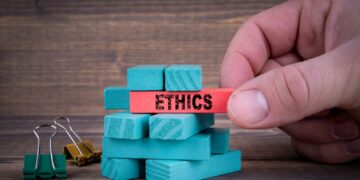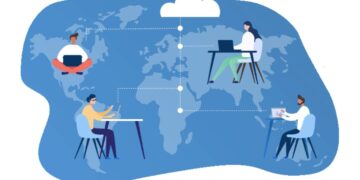China’s exports and imports unexpectedly contracted in October, the first simultaneous slump since May 2020, as a perfect storm of COVID curbs at home and global recession risks dented demand and further darkened the outlook for a struggling economy.
The bleak data highlights the challenge for policymakers in China as they press on with pandemic prevention measures and try to navigate broad pressure from surging inflation, sweeping increases in worldwide interest rates and a global slowdown.
Outbound shipments in October shrank 0.3 percent from a year earlier, a sharp turnaround from a 5.7 percent gain in September, official data showed on Monday, and well below analysts’ expectations for a 4.3 percent increase. It was the worst performance since May 2020.
The data suggests demand remains weak overall, and analysts warn of further gloom for exporters over the coming quarters, heaping more pressure on the country’s manufacturing sector and the world’s second-biggest economy grappling with persistent COVID-19 curbs and protracted property weakness.
Chinese exporters weren’t even able to capitalise on a prolonged weakening in the yuan currency since April and the key year-end shopping season, underlining the broadening strains for consumers and businesses worldwide.
The yuan on Monday eased from a more than one-week high against the dollar reached in the previous session, as the weak trade data and Beijing’s vow to continue with its strict zero-COVID strategy hurt sentiment.
“The weak export growth likely reflects both poor external demand as well as the supply disruptions due to COVID outbreaks,” said Zhiwei Zhang, chief economist at Pinpoint Asset Management, citing COVID disruptions at a Foxconn factory, a major Apple supplier, as one example.
Apple said it expects lower-than-anticipated shipments of high-end iPhone 14 models following a key production cut at the virus-blighted Zhengzhou plant.
“Looking forward, we think exports will fall further over the coming quarters… We think that aggressive financial tightening and the drag on real incomes from high inflation will push the global economy into a recession next year,” said Zichun Huang, economist at Capital Economics.
Growth of auto exports in terms of volume also slowed sharply to 60 percent year-on-year from 106 percent in September, according to Reuters calculations based on customs data, reflecting a transition from demand for goods to services in major economies.
China has stuck to a strict COVID policy for nearly three years with no end in sight [File: Bloomberg]
Nearly three years into the pandemic, China has stuck to a strict COVID-19 containment policy that has exacted a heavy economic toll and caused widespread frustration and fatigue.
Feeble October factory and trade figures suggested the economy is struggling to get out of the mire in the last quarter of 2022 after it reported a faster-than-anticipated rebound in the third quarter.
The Ukraine war, which sparked a surge in already high inflation globally, has added to geopolitical tensions and further dampened business activity.
Chinese policymakers pledged last week to prioritise economic growth and press on with reforms, easing fears that ideology could take precedence as President Xi Jinping began a new leadership term and disruptive lockdowns continued with no clear exit strategy in sight.
Tepid domestic demand, partly weighed down by fresh COVID curbs and lockdowns in October, hurt importers.
Inbound shipments declined 0.7 percent from a 0.3 percent gain in September, below a forecast 0.1 percent increase, marking the weakest outcome since August 2020.
The harsh impact on demand from strict pandemic measures and a property slump was also highlighted in a broad range of Chinese imports; purchases of soybeans declined to eight-year-lows last month while copper and coal imports also fell.
On top of the global slowdown, frail domestic consumption will put more strain on China’s economy for a while yet, analysts say.
“Insufficient domestic demand is the main constraint on China’s short-term recovery and long-term growth trajectory,” said Bruce Pang, chief economist at Jones Lang Lasalle.
Source by www.aljazeera.com






























